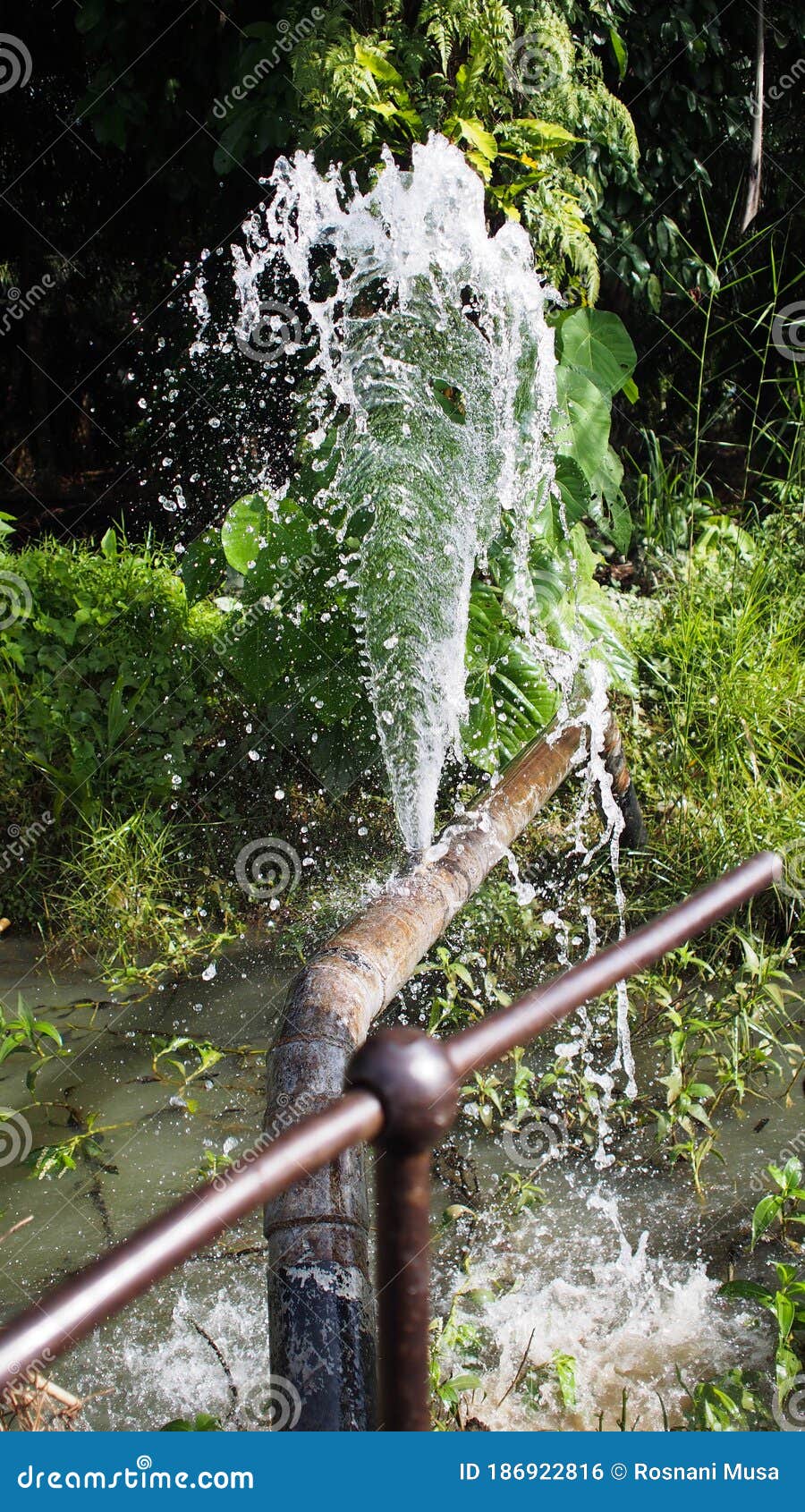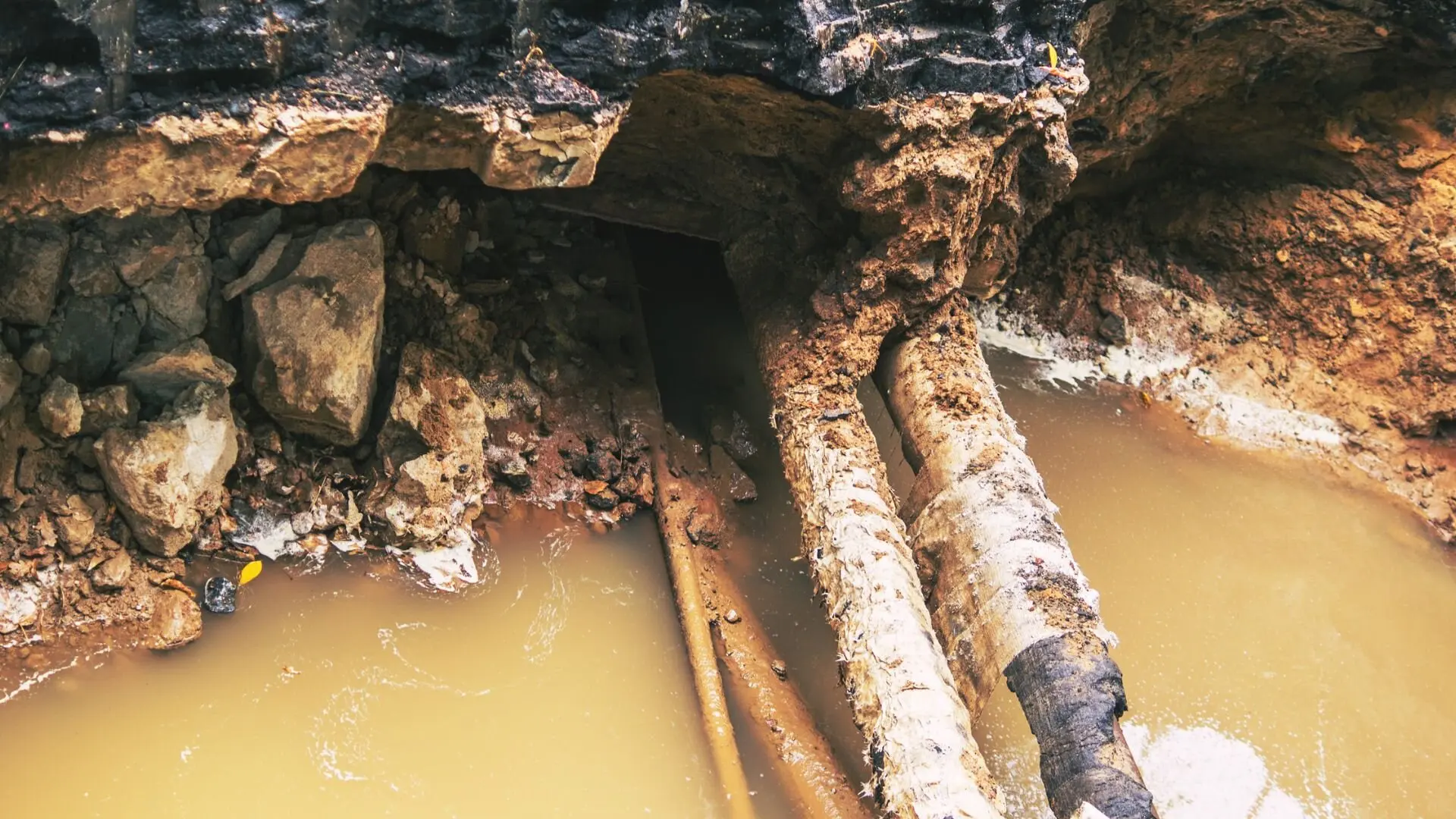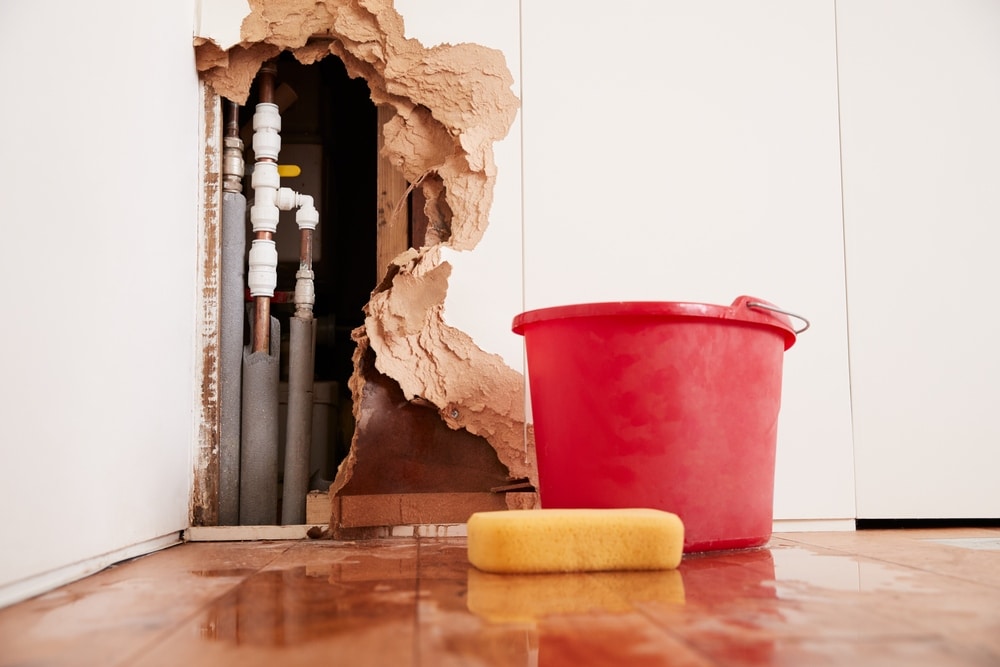Preventing a Burst Pipe: Tips for Protecting Your Plumbing During Winter
Preventing a Burst Pipe: Tips for Protecting Your Plumbing During Winter
Blog Article
Avoiding Ruptured Piping: Essential Tips to Safeguard Your Plumbing
Avoiding burst pipelines is a crucial problem for home owners, specifically throughout colder months when the risk of freezing is increased. Implementing critical steps such as correct insulation, regular examinations, and preserving regular interior temperature levels can dramatically reduce the possibility of pipe failing.
Understand Pipe Vulnerabilities
Understanding pipeline susceptabilities is necessary for effective plumbing maintenance and protecting against expensive damages. Numerous elements add to the susceptibility of pipelines to bursts, consisting of product composition, age, and environmental problems. Older pipes, especially those made from galvanized steel or polybutylene, usually deteriorate with time, causing boosted risk of tears and leakages.
Temperature level fluctuations can likewise substantially influence pipe honesty. In chillier environments, water trapped in pipes can ice up, expanding and putting in pressure on the pipeline wall surfaces, which might ultimately result in a ruptured. Moreover, high water stress can strain pipes, specifically at joints and bends, increasing the probability of failing.

Insulate Water Lines Effectively
Correct insulation of pipelines is essential for avoiding freezing and subsequent ruptureds during winter (burst pipe). Protecting your pipes system effectively safeguards against temperature level drops that can result in costly damages. Begin by identifying at risk locations where pipes are exposed to exterior temperatures, such as basements, attics, and exterior wall surfaces
Usage foam pipeline insulation sleeves or wrap insulation tape around these locations to provide a safety obstacle. Guarantee that all sections of the pipelines, specifically those with minimal heat exposure, obtain adequate insulation. Pay special attention to fittings and joints, as these are more vulnerable to cold.
When shielding, it's important to pick materials that meet neighborhood building ordinance and are ideal for the details setting. For circumstances, fiberglass insulation is typically suggested for its thermal resistance residential or commercial properties - burst pipe. Furthermore, think about making use of warm wires or tape in extreme problems, which can be plugged in to offer additional heat
Regularly evaluate insulated pipelines for any type of signs of wear or damage, as compromised insulation can reduce its efficiency. By taking these proactive procedures, you considerably minimize the risk of pipe ruptureds, ensuring a reliable pipes system throughout the cold weather.
Maintain Consistent Temperature Level
A stable indoor temperature is necessary for preventing burst pipelines throughout the frigid months. When temperatures decrease, water within pipes can freeze, increasing and creating pressure that may eventually create the pipelines to burst.Making use of a programmable thermostat can help take care of indoor temperatures efficiently, ensuring that rooms with pipes continue to be warm also when the home is vacant.
This small circulation of water can protect against freezing by why not try this out reducing pressure within the pipelines. By executing these approaches, homeowners can significantly lower the threat of pipeline ruptureds and guard their pipes systems against the rough wintertime aspects.
On A Regular Basis Examine Pipes
Routine examinations of plumbing systems are vital for stopping burst pipelines and keeping total home honesty. Routine checks permit home owners to identify prospective problems before they rise right into costly repair services or significant water damage. Throughout these assessments, it is vital to examine noticeable pipes for indications of corrosion, leaks, or put on. Pay special focus to areas susceptible to freezing, such as basements, attics, and outside walls.
Furthermore, evaluating joints and links is vital, as these points are commonly vulnerable to leaks. House owners need to also assess water stress levels, as extreme stress can strain the plumbing system and raise the threat of pipeline bursts.
Take into consideration organizing expert plumbing examinations at least as soon as a year, specifically prior to winter, to ensure your system is prepared for chillier temperature levels. By being aggressive in your strategy, you can guard your home versus the costly and disruptive consequences of ruptured pipes.
Know Emergency Situation Treatments
Understanding emergency situation procedures is important for every single property owner, especially after carrying out regular pipes assessments. Being planned for a plumbing emergency situation can substantially alleviate damages and save prices. Initially, locate your major water shut-off shutoff; it is normally located near the water meter or where the main line enters your home. Familiarize on your own with its operation, as turning off the water rapidly can prevent substantial flooding.
Next, maintain essential tools helpful. A pipes emergency set ought to include a wrench, plunger, and towels, in addition to a flashlight and a bucket for small leaks. Furthermore, think about having the call details for a trusted plumbing professional readily available, should the situation intensify past your control.
If you spot a leakage or ruptured pipe, promptly transform off the water system read the article and notify your plumbing. Moreover, document the damage with photographs for insurance purposes. burst pipe. Be aware of the signs of possible pipes problems, such as uncommon water pressure variations or damp places on walls
Eventually, proactive expertise and quick activity are crucial in managing pipes emergency situations, guaranteeing your home remains secured and lessening potential damages.

Conclusion
In verdict, stopping burst pipes demands a complex strategy that consists of understanding pipe vulnerabilities, correct insulation, maintaining regular indoor temperatures, regular examinations, and knowledge of emergency situation treatments. By implementing these vital techniques, the danger of pipes failures can be dramatically reduced, site consequently ensuring the longevity and performance of the pipes system. Positive steps not only secure versus potential damages but also contribute to overall water preservation and the security of home.
In cooler climates, water trapped in pipes can freeze, increasing and exerting stress on the pipe walls, which may inevitably lead to a burst. When temperature levels decrease, water within pipes can freeze, expanding and developing pressure that might inevitably trigger the pipelines to ruptured. By implementing these methods, property owners can considerably reduce the danger of pipe bursts and safeguard their pipes systems versus the rough winter season aspects.

Report this page